|
When one thinks of German wines, most often it is Riesling that comes to mind. And if asked to name a few wine regions in Germany, the answer is usually Rheingau, Mosel, Rheinhessen, and Pfalz. However, there are 13 wine regions throughout Germany, some lesser-known than others. If you haven’t heard of the Franken wine region or its special wines, then you need to pay close attention. This is a wine region that is not to be missed. From its terroir-driven wines and delectable cuisine to the fairytale towns rich with history, Franken is a magical place to explore. And I can’t think of a better setting for sipping wine than to be surrounded by medieval villages, castles, beautiful landscapes and miles of terraced wine vineyards! Located in the northwest part of Bavaria, Franken is the most easterly of the wine regions situated on the Rhine to the west and stretching eastward along the Main River. (pronounced Mine) The Main River is the longest river within Germany. Steep south facing wine vineyards dramatically adorn the banks of the Main River and its tributaries as it weaves in and out of some of the best wine-producing villages and towns (15 sub-regions) in Franken. The history of Franken winemaking dates back to over 1200 years ago. An old document shows that Charlemagne, the medieval emperor who became king of the Franks in 771, gave Fulda Abbey a winery in the year 777. During medieval times winemaking grew and there were over 40,000 hectares of vineyards in Franken. However, by the 20th century, the vineyards had decreased to less than 2100 hectares. Today, there are approximately 6,139 hectares of wine vineyards throughout Franken. Approximately 70 different grape varieties are grown here of which 80% are white grape varieties. Although Franken is best known for its signature white grape, Silvaner, Müller-Thurgau takes the lead in the number of vines. Here is a quick look at Franken’s most important grape varieties in terms of production. White Grapes Red Grapes Müller-Thurgau 27.7% Spätburgunder 4.3% Silvaner 23.1% Domina 5.4% Bacchus 11.9% Riesling 5.3% Kerner 3.3% The weather in Franken is typically continental with warm, dry summers and long cold winters. Because Riesling is a late-harvest grape, it only plays a minor role in production due to the risk of frost damage. Soil types vary throughout the region and include weathered primitive rock and red-colored sandstone, Muschelkalk (shell-limestone), and Keuper (colored and/or gypsum marl). These soils evolved over a 250 million year span along the Main River and they greatly influence the character of the grapes in this region. For the most part, dry wines are the majority of wines produced here and are typical of this region. Franken wine region has both regional and smaller cooperatives in addition to private and state-owned estates. I had the opportunity to visit several privately owned wineries starting in the east and working our way west and I tasted through many wines at each stop. For the purpose of this story, I will introduce the wineries and highlight a few wines from each winery. As you look through the wine photos you will see a uniquely shaped bottle called a Bocksbeautel. This bottle has been used for over 250 years in Franken to hold top-quality wines. In 1989, the European Union patented the bottle and it is only allowed to be used for Franken wines. Approximately 43% of Franken wines are bottled in a Bocksbeautel. We heard many stories and versions of its origins and shape as we made our way through Franken, most with good humor. However, the reason behind the Bocksbeautel’s distinctive shape was to distinguish it from other wine bottles and to signify that it held outstanding wine. As to how that shape was chosen, I will let you do your own investigation to determine which story you like best. The Bocksbeautel holds 750ml of wine, has a round, flat body and a short neck and is an attention-getter, but it is definitely not designed for a wine rack! Weingut Kremer is located in Großheubach, a small community in lower Franken. The winery was established in 1975 and is family-run. Second generation Uli Kremer who runs the winery with his parents and wife hosted our wine tasting. They have 18 grape varieties on 9 hectares of vineyards that are sloped with southern exposure and soil of red federal sandstone. Sloped vineyards are not easy to maintain, so they use French sheep to trim the weeds! Ooh, la la! As Uli said, “The trick is to make sure the sheep are not in the vineyards when the grapes emerge.” We tasted through six wines and it was a nice introduction to the wines of Franken. Tasting Silvaner and Cabernet Dorsa were a first for me. Kremer Silvaner Kabinett Trocken 2017 is 100% Silvaner. It has a lovely nose that is fruity and tropical with hints of citrus. This is a dry wine with a touch of floral, yellow fruits, hints of minerality and a creamy texture from 12 months spent on the lees. A very food- friendly wine! Alcohol: 12.5% Kremer Chardonnay Qualitätswein Troken 2017 is 100% Chardonnay. I thought this wine was worth mentioning. Uli’s father was one of the first to plant Chardonnay in Franken in 1996 on a .5-hectare site. This is an oaked Chardonnay with pronounced minerality, pear, apple, vanilla and a creamy texture. The wine was aged for 12 months in Franken oak barrels. It is nicely balanced with acidity and is not “too” oaky. Alcohol: 13% Kremer Cabernet Dorsa Qualitätswein Troken 2016 In 1971 Dornfelder and Cabernet Sauvignon were crossed to create Cabernet Dorsa. This wine is 100% Cabernet Dorsa and benefits from aging in French oak. It has a wonderful nose of dark berries and spice that segue onto the palate along with cherry and a hint of dark chocolate on the finish. It has rich tannins with a perfect balance of acidity. Alcohol: 13.5% Please visit https://www.weingut-kremer.de for more information. Weingut Rudolf Fürst is a small family-run winery also located in the westernmost corner of the lower Franken wine region. The Fürst family has been making wine since 1638. Paul and Monika Fürst took over the family business in 1975 and their son Sebastian joined them in 2007. Most of the wine they produce comes from the vines located in the vineyards of the Centgrafenberg in Bürgstadt where they built new estate buildings in 1979. The prized vineyards of the Centgrafenberg have a southern exposure with red sandstone soil, which is high in iron. It is an ideal location for Spätburgunder (Pinot Noir) and Riesling. Spätburgunder has grown in these iron-rich soils for centuries, yielding full-bodied, expressive wines. As Paul said when we met with him for the tasting, “Wine is culture. The world is taking notice. The time is good for us and our special variety of Pinot”. Fürst is famous for its burgundy style Spätburgunders and is considered some of the finest in Germany. They also have two other vineyards sites: Hundsrück in Bürgstadt and Schlossberg in Klingenberg. In total, they have almost 50 acres of vineyards. Here are some highlights of the tasting. Centgrafenberg GG Riesling 2017 There are 400 vineyards in all of Germany with a GG classification. (Grosses Gewächs) meaning that the grapes come from a “great site” and is identified as a great dry wine. Fürst has plots in three Grosse Lage sites, Germany’s equivalent of grand cru vineyards. This dry Riesling is beautifully layered with floral, grapefruit, stone fruit, minerality, honey, and a hint of anise and lemon zest on the finish. It has lively acidity with a creamy texture. Alcohol: 12% Bürgstadter Berg IG Spätburgunder 2015 is an elegant wine with soft berry and floral aromas. The palate offers ripe berries, cherry, spice, vanilla and smoky notes. This is a fully rounded wine with nicely balanced acidity and a hint of minerality on the finish. Alcohol: 13.5% Centgrafenberg GG Spätburgunder 2012 is one of the top three wines in the Fürst estate and it is also part of the top ten list of wines in Germany. This wine is stunning! Aromas of soft red fruit, cherry, baking spice and smokiness set the stage for the palate. It is a silky wine with soft tannins, dark cherry, tobacco, ripe fruit, vanilla, earth and a hint of anise and minerality on the palate. Elegant! Alcohol: 13.5% All of the above wines are food-friendly and will complement a myriad of dishes. In fact, most of the wines that I tasted throughout my trip were adaptable to a wide range of cuisine. For availability and pricing of Fürst wines please visit: http://www.weingut-rudolf-fuerst.de In addition to wine, Franken is home to some of the most enchanting and fairytale-like villages and towns. My first impression of the historic part of Miltenberg was one of awe. I had stepped back in time to a medieval town filled with half-timbered houses arranged in a charming display of colors, an ancient market place and cobblestoned streets. Slide show below of Miltenberg. Photo credits: Penny Weiss Miltenberg is called the “pearl of the Main” because it stretches along the left bank of the river. The first documentation of Miltenberg goes back to 1237. And, Germany’s oldest hotel, a Royal Inn called “Zum Riesen (The Giant) is located in the famous market square. The earliest mention of the hotel is in 1411, but most likely it existed before that date. And don’t forget to stop for food and drinks at the Gasthaus Zum Riesen where I had the best Spaetzle ever! Many of the buildings in Miltenberg are stamped with the date they were built and also the date they were renovated. There is much to see and do here from walking tours to a museum, castle and a brewery. Although my focus was on wine, breweries abound in Franken. And having a glass of Bavarian craft beer is a treat!
If I have piqued your interest then read Part Two as I move westward in Franken exploring more wineries, restaurants, hotels and magical towns! Until next time… Cheers! Penina To leave a comment or if you have an inquiry, please contact me at [email protected] Comments are closed.
|
Categories
All
|

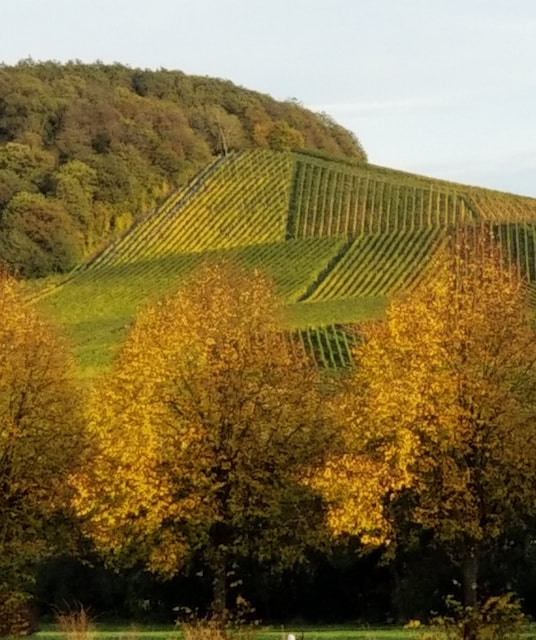
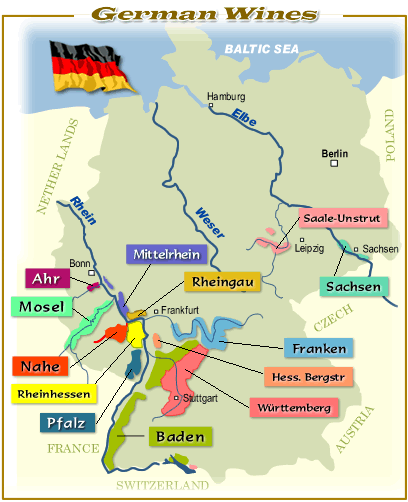
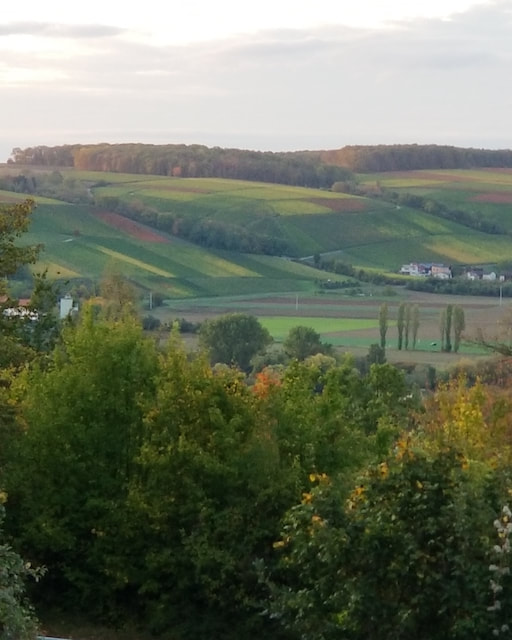
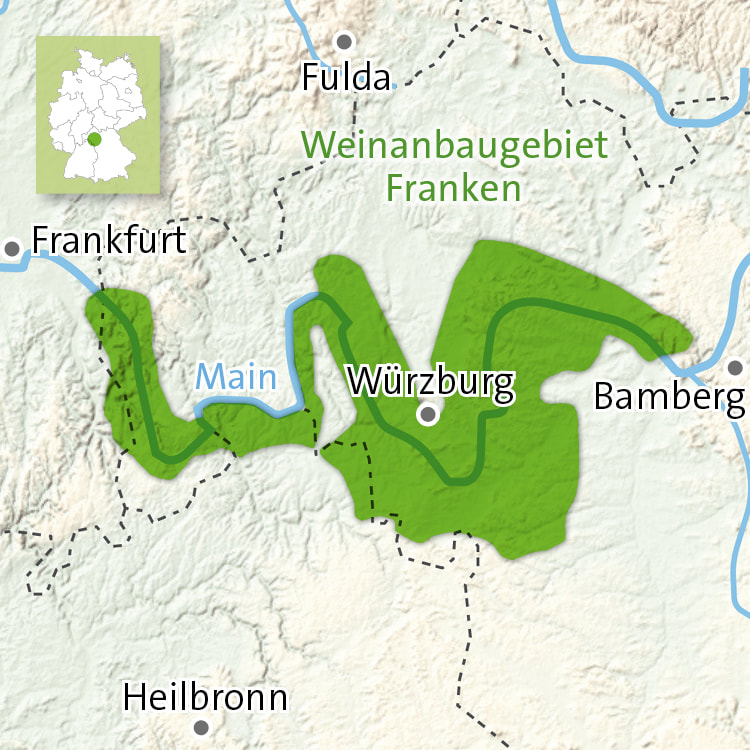
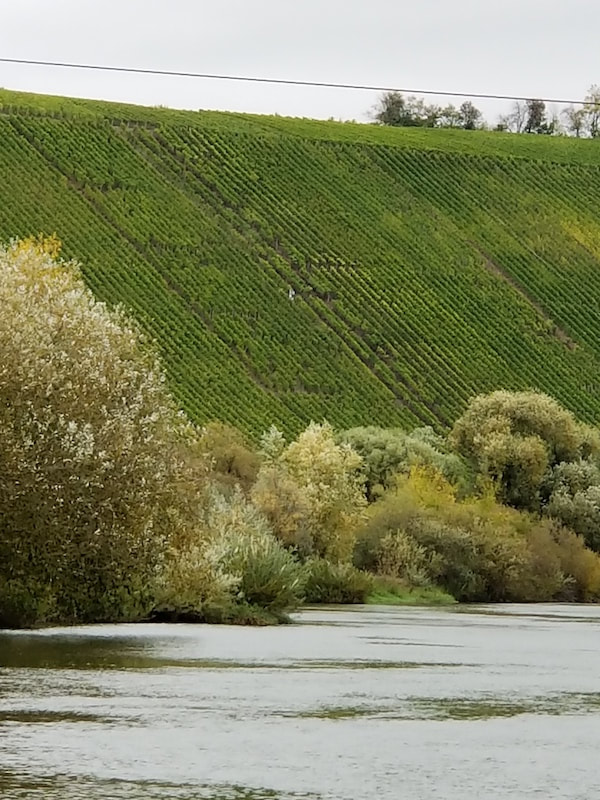
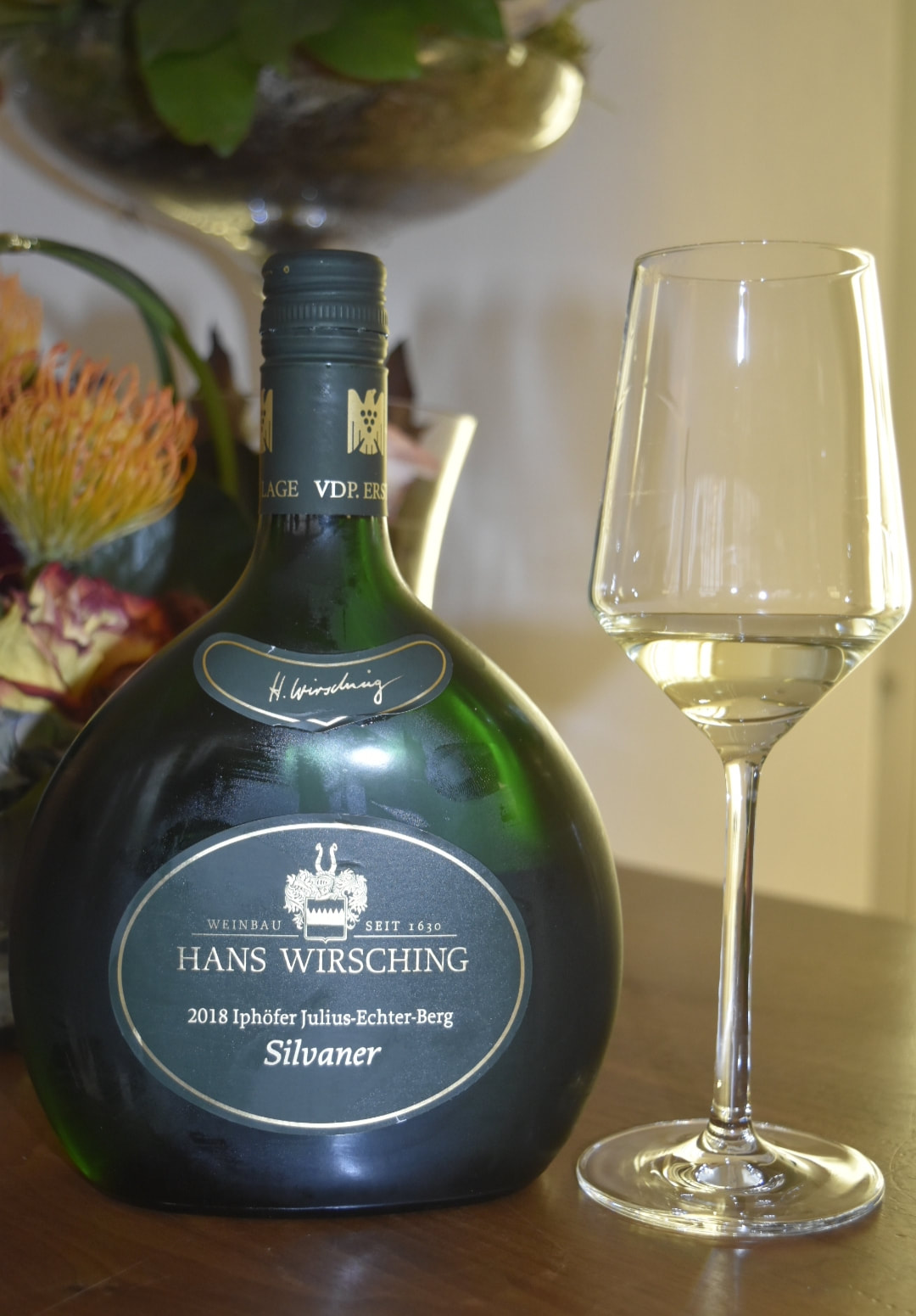
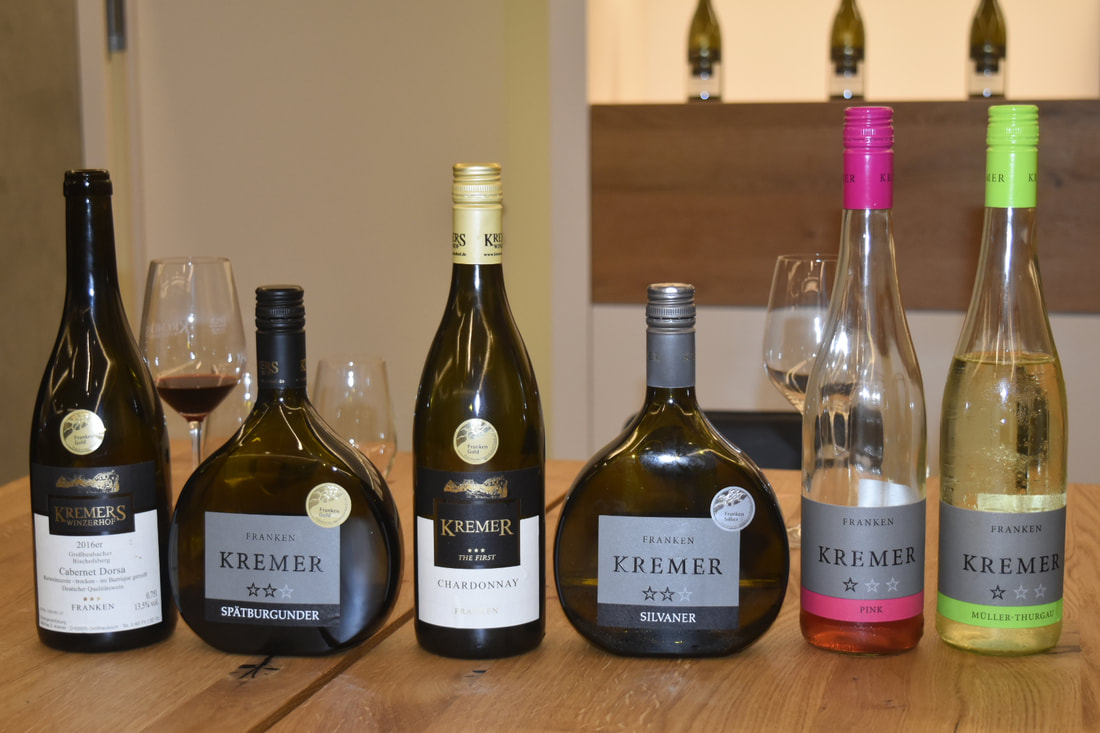
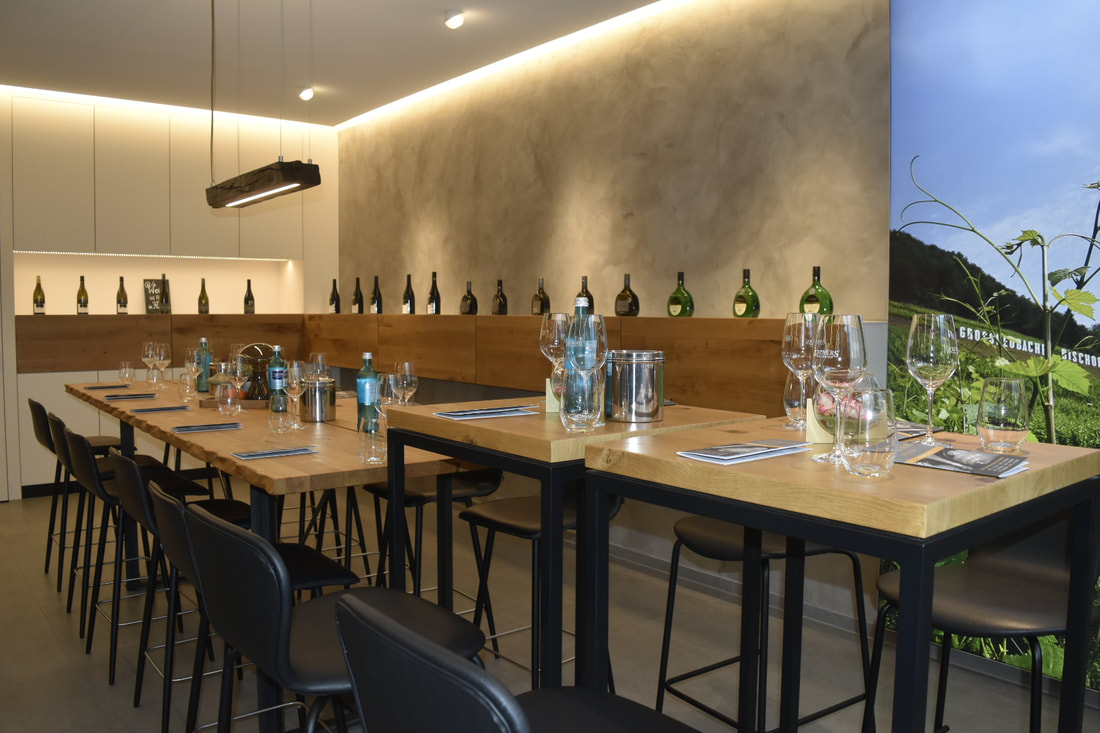
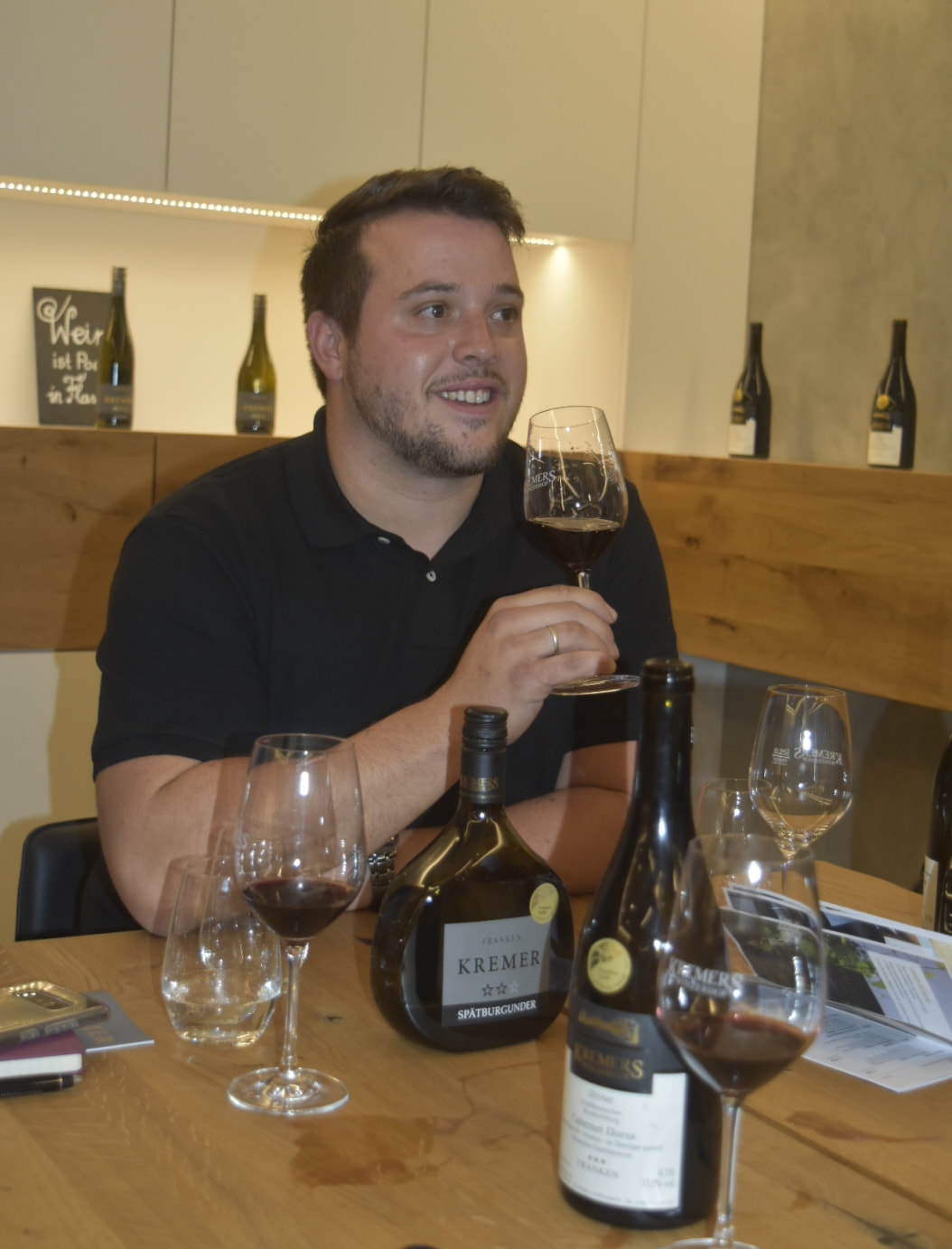
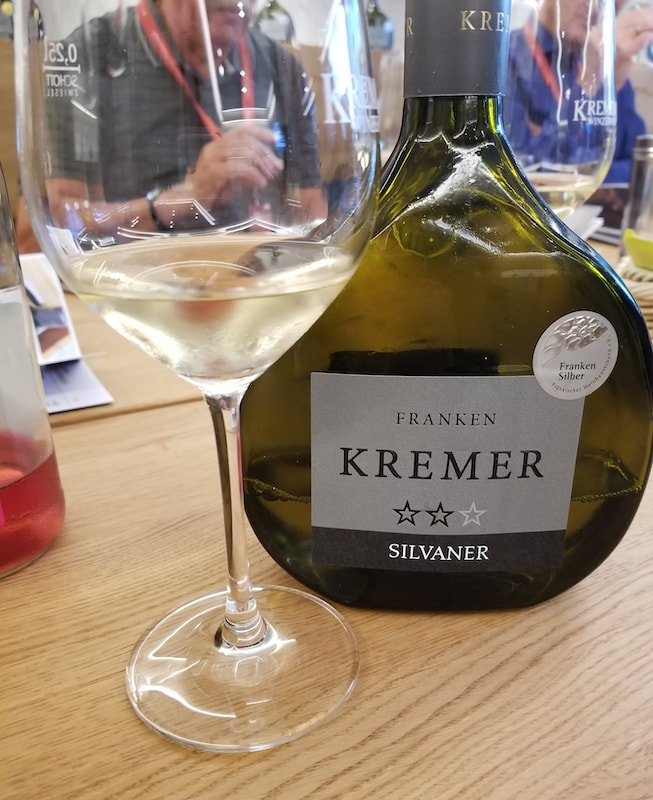
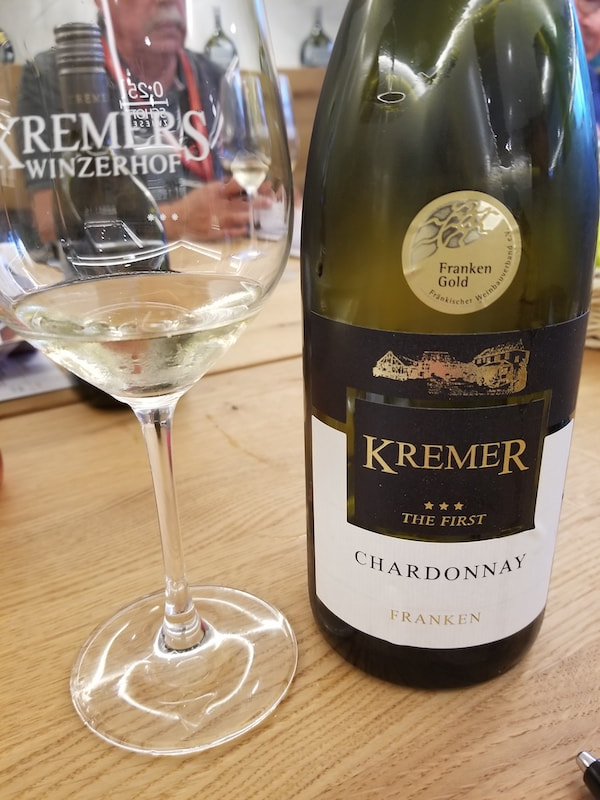
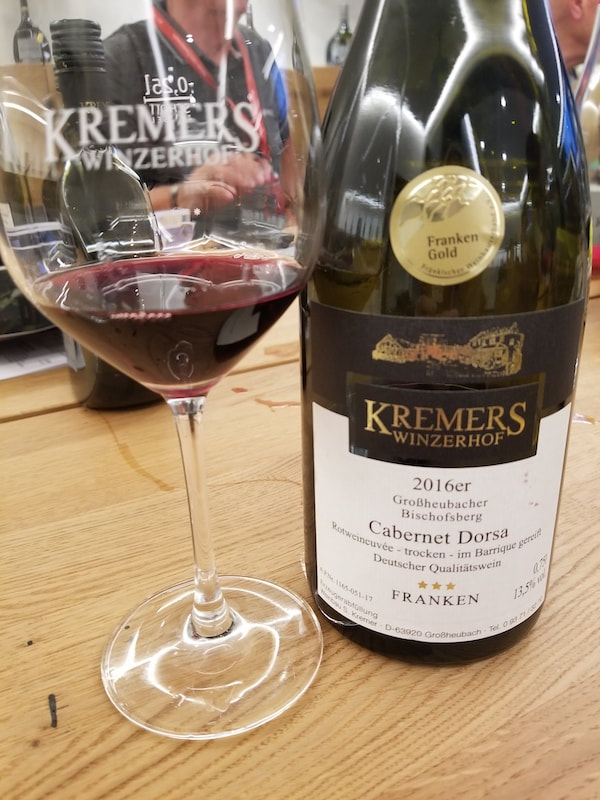
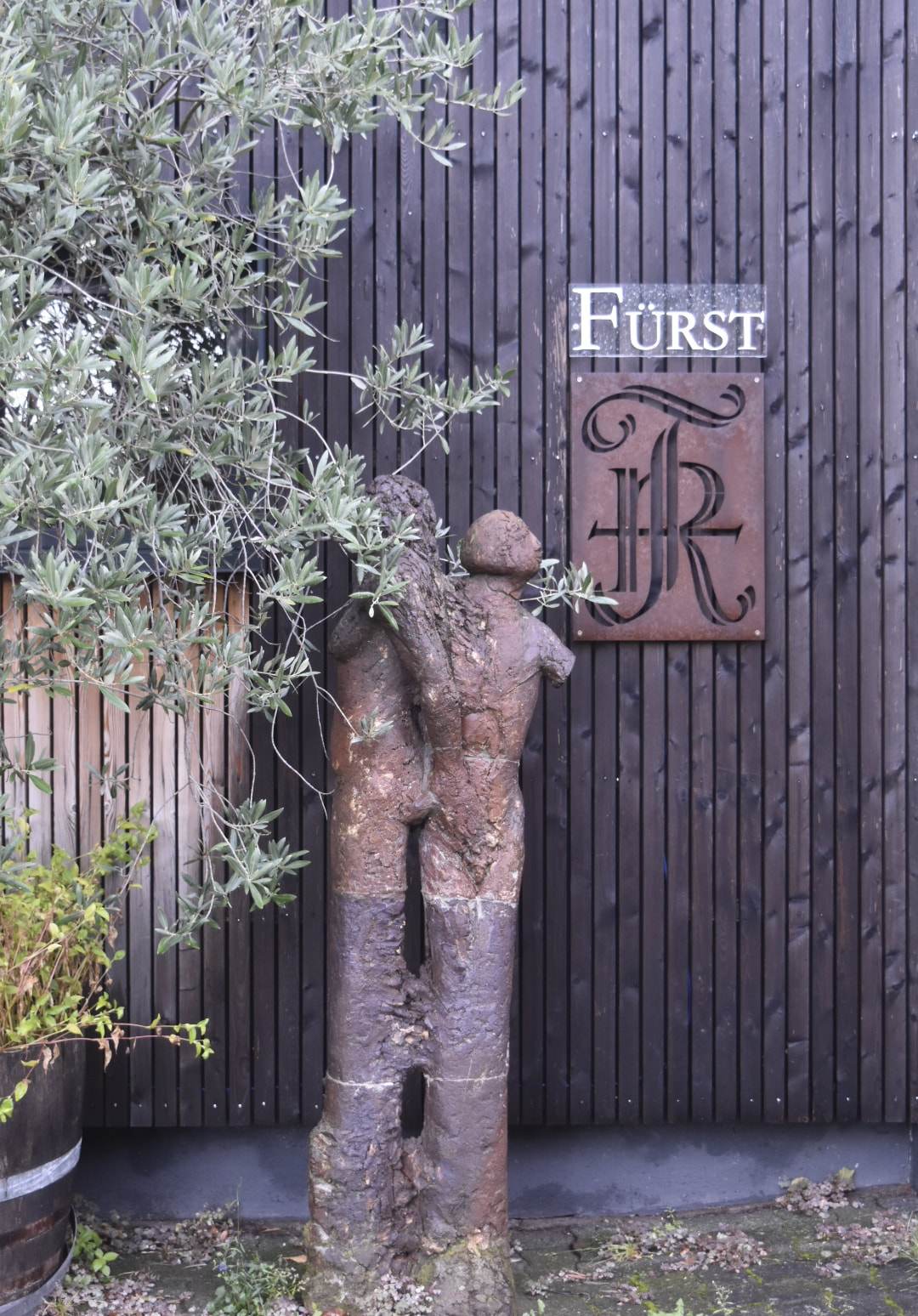
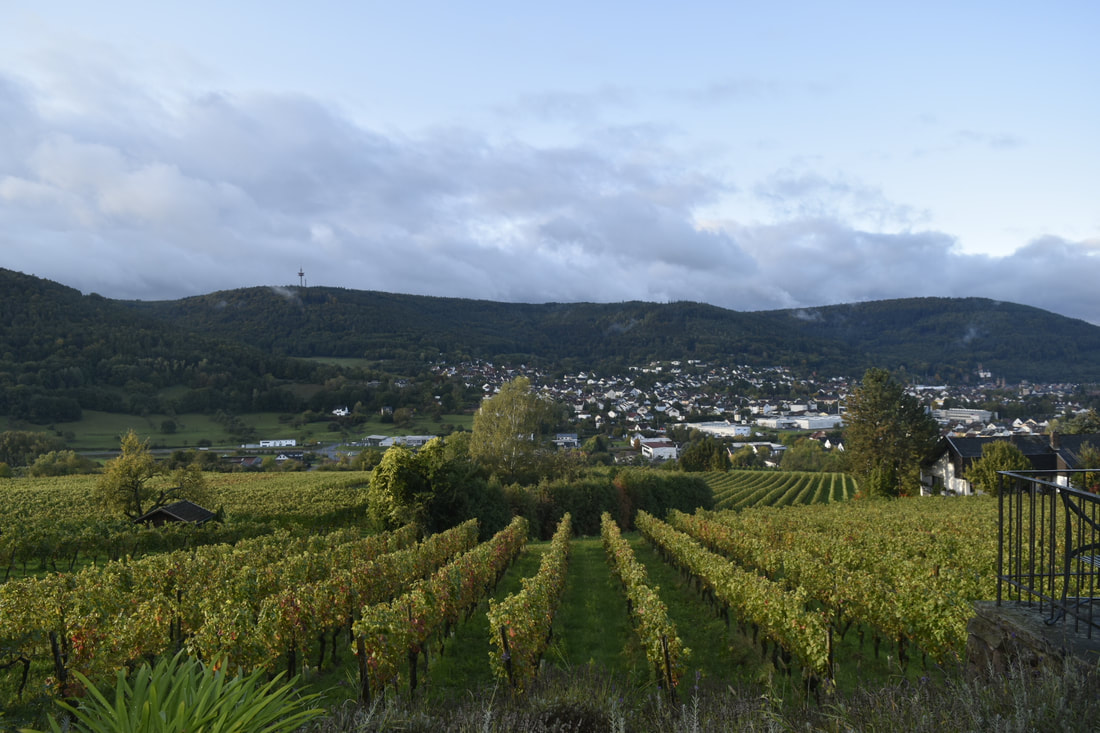
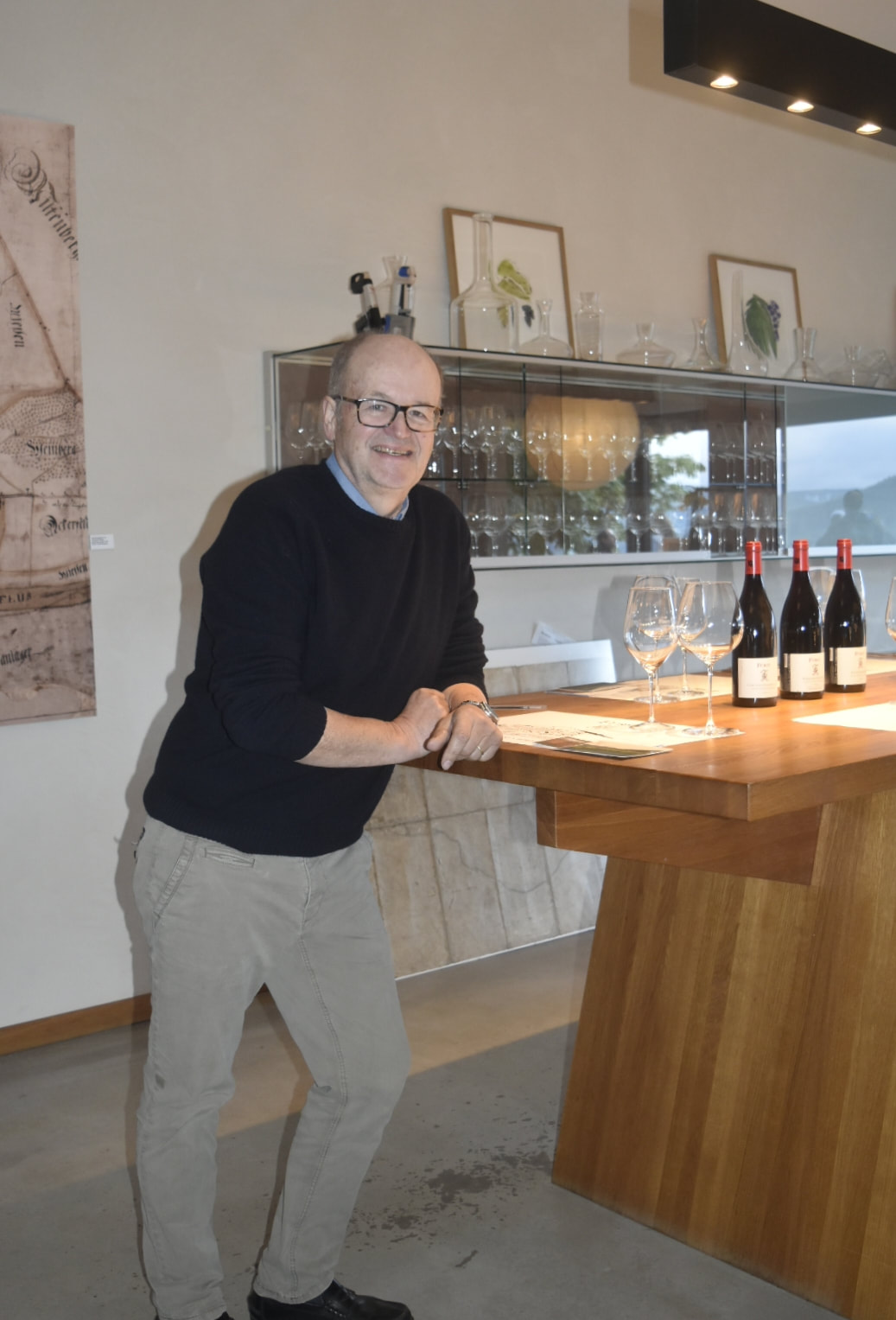
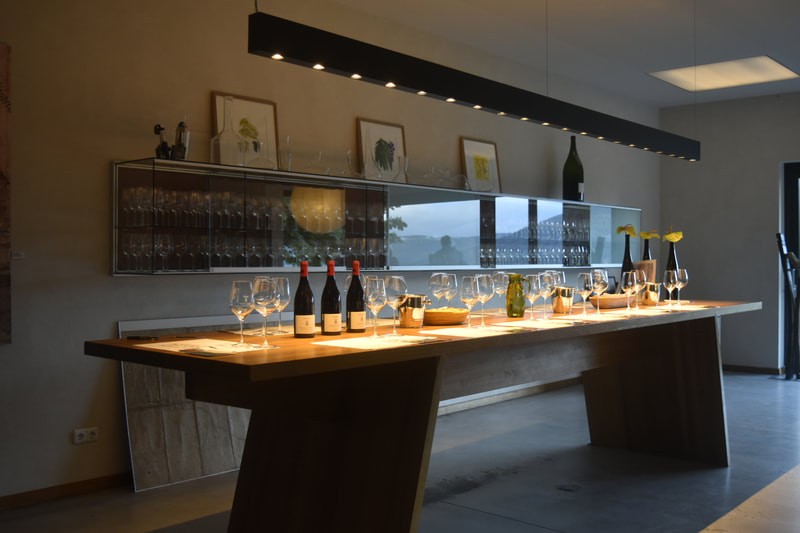
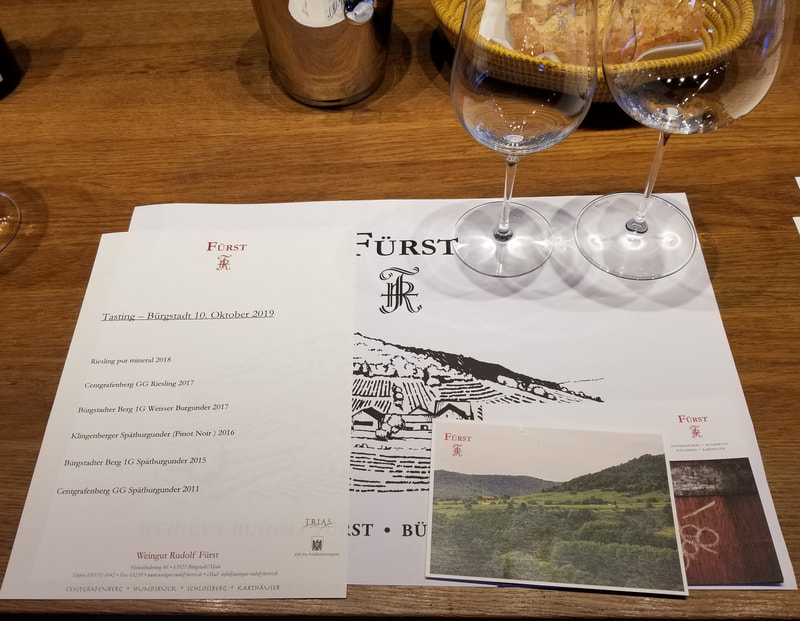
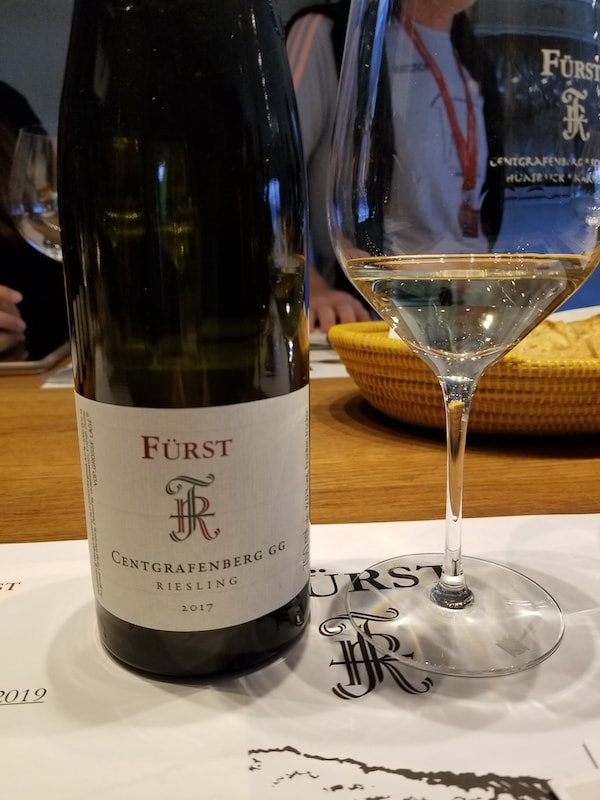
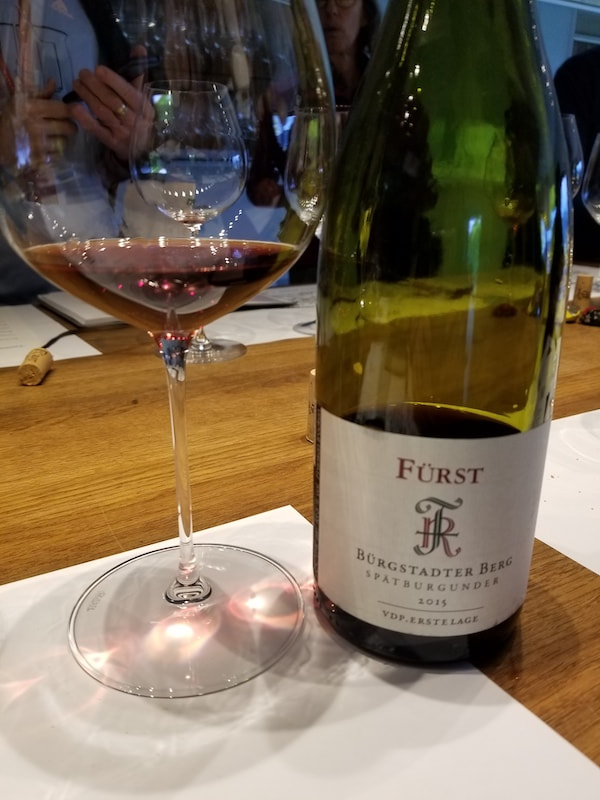
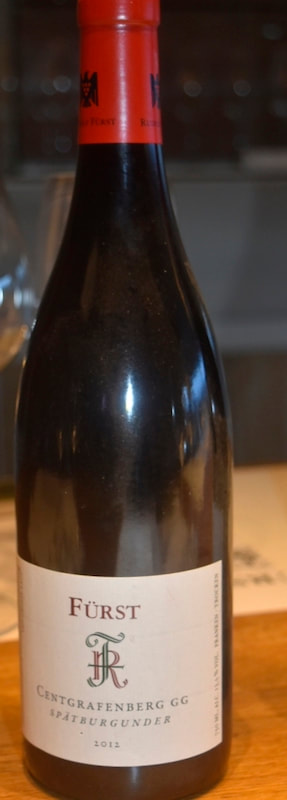
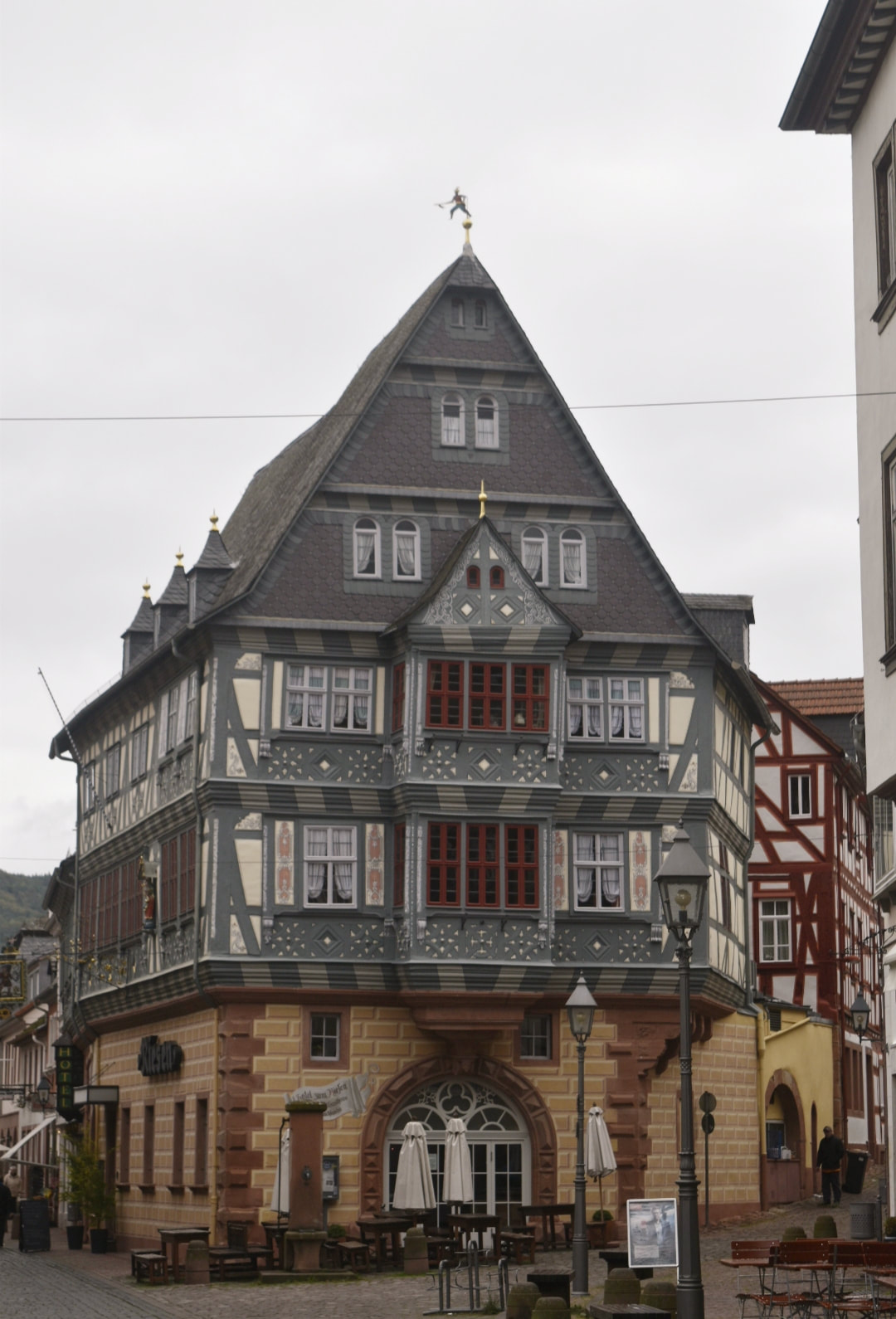
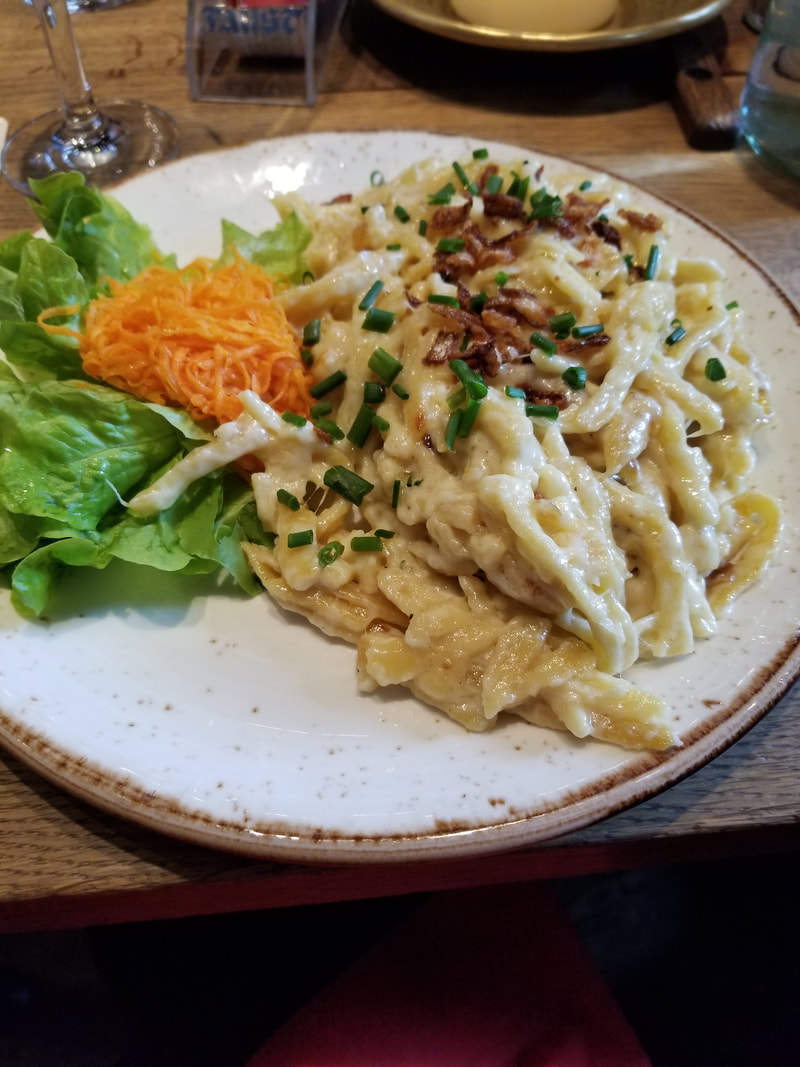
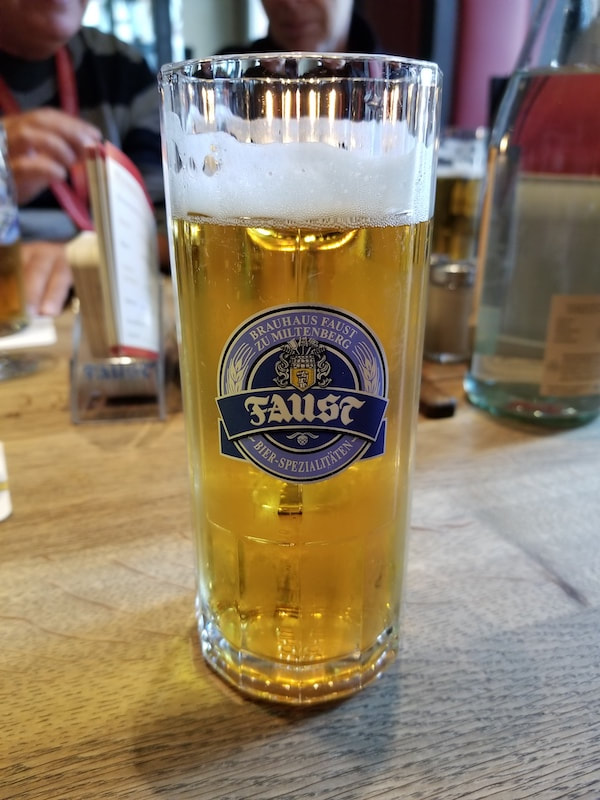
 RSS Feed
RSS Feed